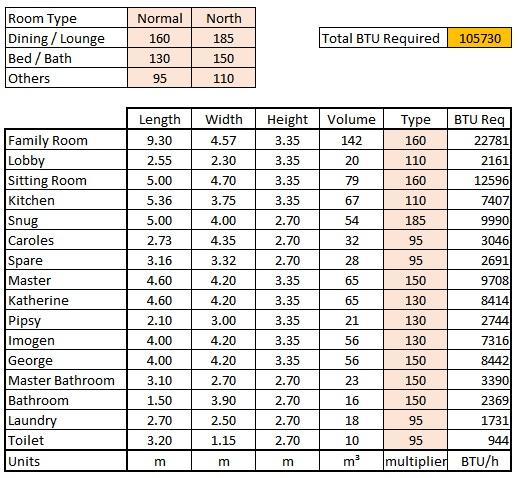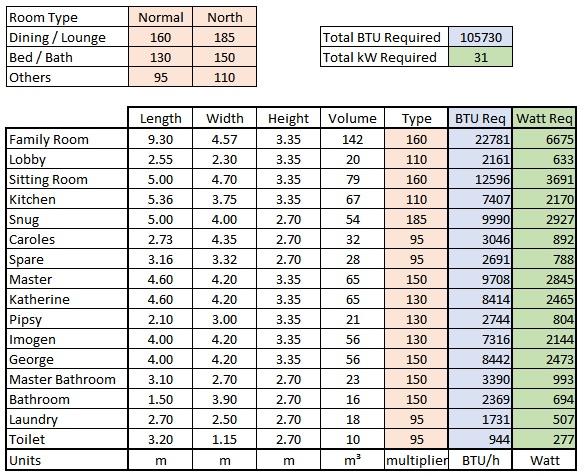I'd love to, I really wood (get it?)
BIG obstacles however... blowing £15-20k in one hit is out of the question, and lack of space is the other issue. To really get the efficiency out of one I get the feeling that buying in bulk is pretty much required, that is not an option.
The common concensus during my initial investigations on eco technologies was that if there's mains gas, there'd be little point fitting biomass. Oil or LPG, fair enough.
When we retire and move to the country, I'm sure biomass will make an entry into our lives, along with wind turbines and a field of solar panels
The rooms without dimensions are effectively unheated (or rather they are for frost protection only but they're not living rooms... laundry / workshop type rooms)
I think you'd be looking at 15k, 20k in your pocket.... That'd help pay for any works on the house



